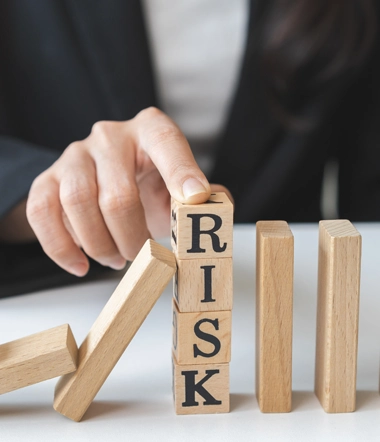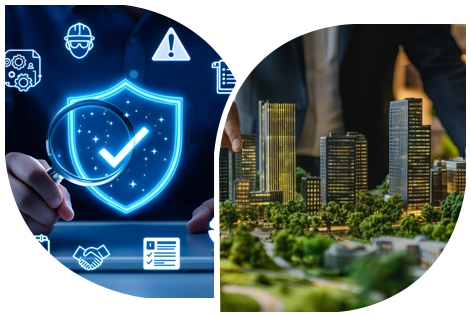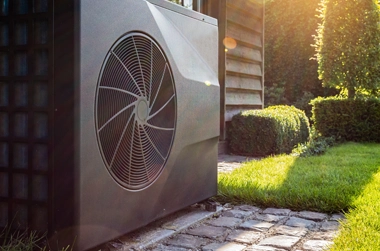
Key drivers of modern business
Understanding the impact of industry and innovation on the economy
Starting and managing a business
Keys to entrepreneurial success
Starting a business requires establishing solid foundations, including defining a clear business model, efficiently managing resources, and developing a solid financing strategy. For success, an entrepreneur must not only understand the target market but also be prepared to navigate unforeseen challenges while fostering innovation. A successful entrepreneur knows that flexibility and adaptability are crucial in a constantly changing environment. Furthermore, managing customer relationships, implementing effective marketing strategies, and leading a team are essential elements for ensuring the longevity of the business.

The dynamics of finance and economics
Navigating the modern landscape
In today’s rapidly evolving world, the relationship between finance and economics plays a crucial role in shaping global markets and influencing personal financial decisions. Understanding the dynamics of these fields is essential for navigating the complexities of modern financial systems. Economic trends, such as inflation, interest rates, and government policies, significantly impact business strategies, investments, and consumer behavior. At the same time, financial innovations like digital currencies, fintech, and global trade are transforming how we manage money and conduct transactions. By staying informed and adaptable, individuals and businesses can better respond to economic shifts and make informed decisions that promote long-term success and stability.
Solar energy
Capturing energy from the sun using solar panels or other technologies to produce electricity or heat water.
Wind energy
Harnessing the power of wind through turbines to generate electricity, a clean and renewable source of energy.
Hydropower
Generating electricity by using the flow of water, typically from rivers or dams, to turn turbines and produce energy.
Proactive risk prevention
Creating safer workplaces through proactive risk prevention
Establishing a safe work environment begins with a strong culture of prevention. This involves identifying potential hazards, assessing associated risks, and implementing effective measures to mitigate them. Continuous training, regular equipment maintenance, and clear safety protocols are key to minimizing incidents. By encouraging collective awareness and individual responsibility, organizations not only protect their teams but also enhance overall productivity and resilience.

Risk assessment and hazard identification
Regularly analyzing processes to detect potential dangers helps prevent accidents before they occur. This includes evaluating machinery, workflows, and environmental factors.

Implementation of safety protocols and employee training
Clear procedures combined with consistent training ensure that staff know how to react in an emergency and work safely, reducing human error and effectively improving workplace safety.
Leading with innovation
Successfully managing your business’s digital transformation
Accelerating digital transformation with Axians enables companies to remain competitive in a constantly changing environment.This involves rethinking internal processes, integrating suitable technological tools, and training teams in new practices. A successful transition relies on a clear strategy, change management support, and a long-term vision focused on improving customer experience, optimizing performance, and leveraging data.
Greener horizons
A path to a greener future:
the role of sustainable development
Sustainable development focuses on meeting the needs of the present without compromising the ability of future generations to meet their own needs. It involves balancing economic growth, social inclusion, and environmental protection. Key areas include reducing carbon emissions, promoting renewable energy, preserving natural resources, and fostering social equality. Achieving sustainability requires collective efforts from governments, businesses, and individuals to create solutions that address long-term challenges while maintaining a healthy planet for future generations.
Conservation of natural habitats
Protecting and restoring ecosystems such as forests, wetlands, and coral reefs to ensure that species have the natural space they need to thrive.
Fishing practices
Encouraging methods that minimize environmental impact, such as crop rotation, organic farming, and sustainable fishing, to prevent overexploitation of resources.
Combatting pollution
Reducing pollution from plastics, chemicals, and waste to prevent harmful effects on species and ecosystems, ensuring cleaner air, water, and soil for all life forms.
Regulations and risk
Legal and regulatory frameworks for compliance and risk management
Regulatory compliance services are essential in the chemical industry, where contract drafting assistance ensures that supplier agreements meet safety and environmental standards. Legal risk assessment is performed to identify potential liabilities in product distribution, while policy development support structures internal procedures for handling intellectual property protection. Regulatory reporting processes are streamlined through digital platforms that facilitate timely submission of required documentation.

Workplace safety
Safety audit execution for workplace standards
Environmental impact reduction targets pollution control and habitat preservation. This approach is widely adopted in various sectors. It plays a crucial role in sustainable development. Implementation requires careful planning and monitoring. Such initiatives contribute to long-term benefits. Experts emphasize the importance of continuous improvement. These methods are supported by recent.
Energy work
Solutions for a greener, more energy-efficient home

Thermal insulation
Improve insulation of walls, roofs, windows and doors to limit heat loss and improve energy efficiency.

Heating system replacement
Install more efficient heating systems, such as condensing boilers, heat pumps or solar heating, to reduce energy consumption and carbon footprint.

Installing solar panels
Use solar energy to generate electricity or heat, reducing dependence on fossil fuels and optimizing the energy efficiency of the entire building.